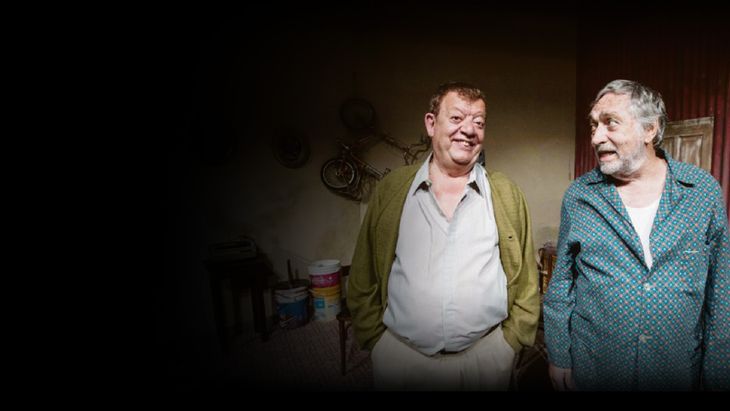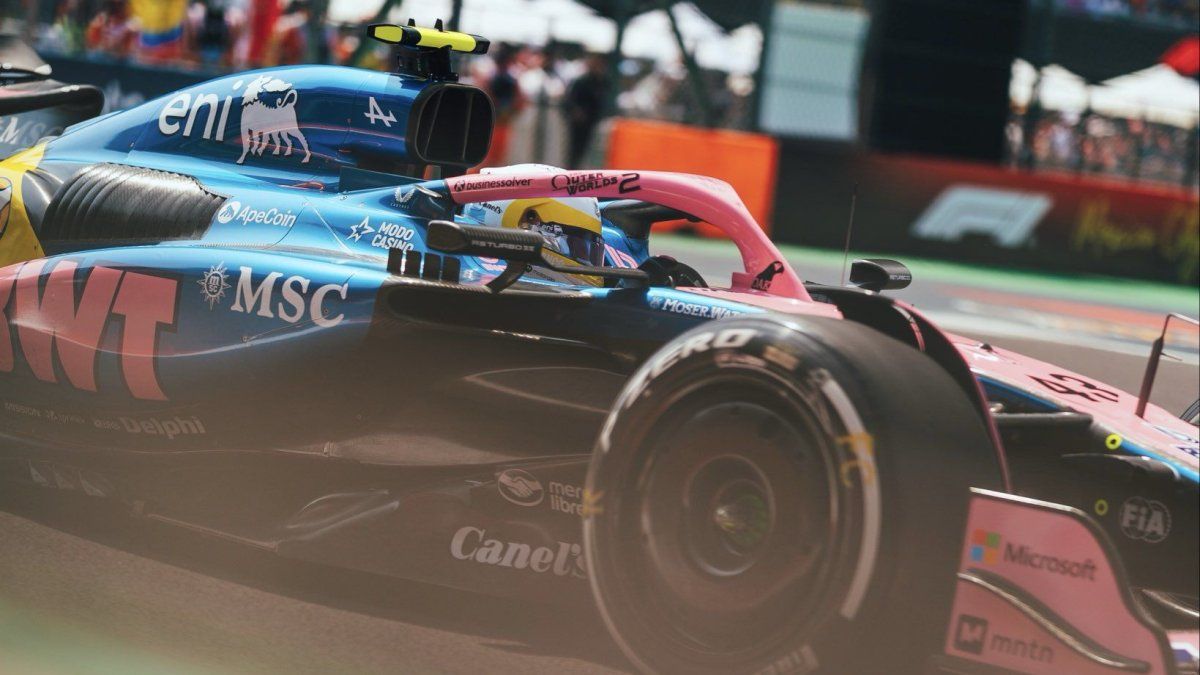“Teatrix is to theater what Spotify is to record labels, we are strategic partners of the theater industry and a great theater marketplace,” says Mirta Romay, creator of the digital platform dedicated to theater that turns 9 years old.
To celebrate, it adds to its catalog of more than 400 titles, “Witches”, “Freud’s last session” and “Whooping cough”, which are added to comedies, dramas, musicals, one-man shows and humorous proposals, both local and foreign production, especially Spain, Mexico, the United States and England. We talk with Romay.
Mirta Romay: The opening of the theaters once again enriched us with great titles, Teatrix has the theater industry as a strategic partner. The pre-pandemic, like the post-pandemic, teaches us that titles coexist in their two versions and feed off each other. The audiovisual version of the play is a great showcase to the world, we are the third international theater venue, our authors, actors and directors are valued. At Teatrix, works have been discovered that were sold to other countries and we are strengthening that aspect, thanks to a request from the Argentine Foreign Ministry. Its cultural director Alejandra Pecoraro asked us to disseminate, promote and market the theater. Since the alliance began, in one month almost 33 embassies had already connected with us. That means 33 opportunities for theater directors, authors and teachers. This can only be achieved with an audiovisual version of the theater that travels on a highway and can reach Hong Kong, Qatar or the Philippines as is happening to us. It expands demand and generates new markets for theater, understanding theater as the entire industry that includes us as an audiovisual version of its productions.
2_IMG_8959.JPG
Mirta Romay, founder of Teatrix.
Q: What can you say about the boom that occurred during the pandemic?
MR: That context was unique and unrepeatable. It distorted reality: everyone at home, in great need of distraction. This generated a technological acceleration and an exponential growth of the platforms, giving rise to what was later called the streaming war, thanks to which today the industry is in a severe crisis, it cannibalized the market, it exhausted the user. At this time, mergers and acquisitions are planned, the best known being Paramount. Teatrix benefited from great visibility that brought about exponential growth in its subscribers, and the post-pandemic challenges us like other platforms to find continuity, with a diversity of strategies.
Q: Many believe that streaming theater does not attract. What can you say? Why is it chosen over series? Or do they coexist?
MR: We dedicate a lot of time to the study of audiovisual language for theater. We created a filming protocol with stages, in which we analyzed the transposition of theatrical language to audiovisual language, the position of the cameras, the number of cameras, light, sound. The close-ups are essential for the audiovisual viewer, there is the emotionality that the actor knows how to put into his performance, theater is the body and the cameras know it, they are the ones that work for the actor, in cinema the actor works for the camera. Here the viewer encounters a new, different format, they are told a story from another place where the ancestral nature of theater is maintained, but with a new layer of meaning offered by its audiovisual version. There are still many who continue to be surprised by the quality of our production. In addition, we add works from other geographies, such as Spain and Mexico. Personally, I admire the work of RTVE, with works like Mariana Pineda or Urtain, which are extraordinary productions.
Brandoni.jpg

Lezama Park, a classic platform
Q: What is Teatrix’s audience like?
MR: Today Teatrix brings together the theater makers of the world, we seek to create a community. In this context, specific content niches such as theater find a widespread audience in many territories, from our provinces to Argentines abroad, international producers and directors, as an audience eager for the authentic and artistic different: the theater is artisanal. Today we have viewers in Uruguay, our second country in views, which competes for second place with the United States, followed by Spain and Mexico. There is an audience spread all over the planet. We have 300,000 Argentines living in Spain, there is a consumption of nostalgia. There is an audience for everything, and everyone wants to consume and feels entitled to be able to enjoy a successful piece of theater on Corrientes Street or an off-screen play. It is a niche of individuals whose cultural aspirations are still alive and are geographically distributed. In this sense they coexist with other audiovisual expressions
Q.: Are there works that do very well at the in-person box office and don’t work at Teatrix and vice versa?
MR: It is closely linked to the producer’s advertising investment, theater criticism and the actors. A work that has had or has all this deployment is a sure success in Teatrix, but it may not be so in person. There are many other factors that producers are affected by. First, the formula for success does not exist; there are also issues of the economic situation that our country is going through. Argentina is a roller coaster in that sense. When we are in parallel, there is an inevitable synergy, we end up being a promoter of the in-person work and they, in turn, generate an aggregate demand, impacting an audience that cannot access.
Q: How do you see the theater and platform business?
MR: I understand that they are two very different businesses, Teatrix is part of the platform business, although it has a theatrical heart. On the one hand, we need a theater in permanent search, of text and performances, a strong theater that invests and fills the rooms, the king remains the content, Teatrix is its audiovisual extension. And our business goes directly to the user, who today experiences the problem of the hyperproliferation of platforms, all seeking the user’s attention, it inevitably affects us, the user is one and the battle is for content, for price.
Bossi_1.jpg

The Martín Bossi show, another of the works that can be seen.
Q: What is your business model?
MR: We try to entrench ourselves in the niche, different content to an exclusive audience. On the other hand, we are strengthening and investing in our technological base and in data science. Here technology is king and as in many families, it has a silent power. Precisely because of its power in the shadows, few people realize the investment and technical maintenance. The battle will probably be won by the platforms that understand the technological business, the content is bought, it is produced, the technological intelligence that is in full development, that is not bought, it has to be in the CEO. Internationalization is very important, the development of fast (Free Ad-Supported TV) to promote discovery and monetize with advertising, Pluto developed a fast channel with our content, we ventured into the sale of content with Flow. There are integrations with several operators that are being carried out, the direct OTT business is not enough, this is what can be seen, and mergers and acquisitions are no longer corridor rumors but have become press releases.
Source: Ambito
I am an author and journalist who has worked in the entertainment industry for over a decade. I currently work as a news editor at a major news website, and my focus is on covering the latest trends in entertainment. I also write occasional pieces for other outlets, and have authored two books about the entertainment industry.




